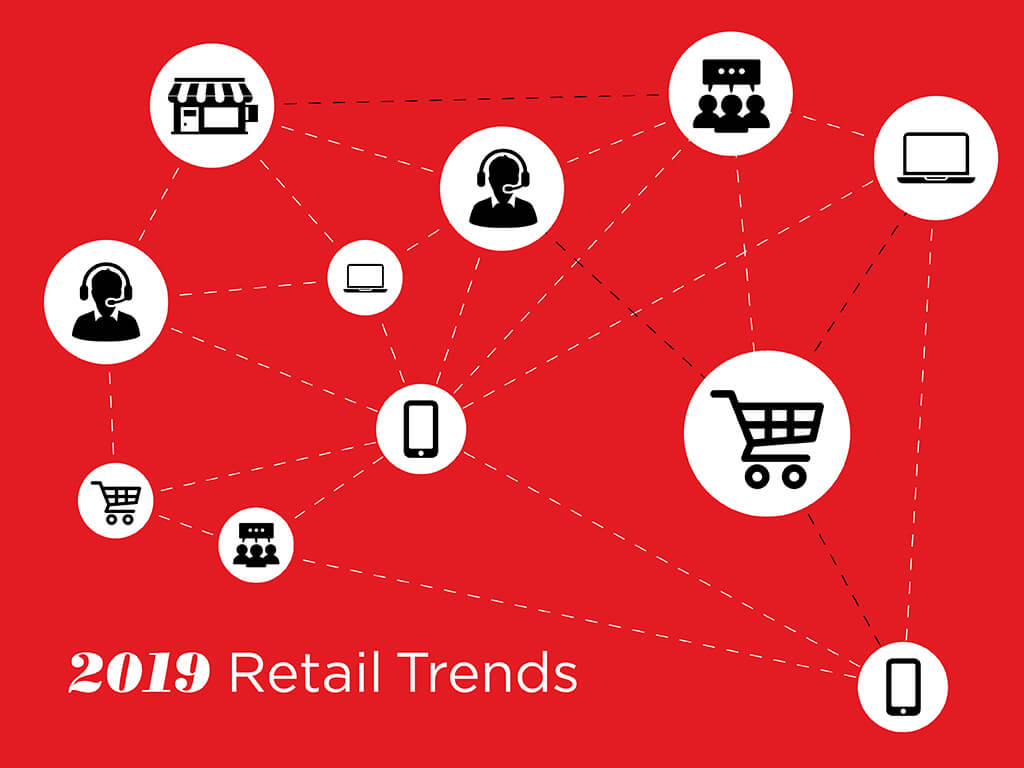3 Trends Affecting Retail Real Estate in 2019
Sears, Toys “R” Us, Nine West, Brookstone, David’s Bridal, The Limited, Payless, Gander Mountain and RadioShack are just a handful of brands that fell victim to the retail ruin that has been surrounding us for the last couple of years. Experts predicted even more doors to close in 2018, however, to the surprise of many the retail industry is beginning to see a substantial resurgence in the physical retail space.
In recent years the retail industry has made a big push for omni-channel retailers (*cough Amazon*). What we’re seeing though, is that consumers are reluctant to transition over to strictly a digital interface and are simply searching for a better in-person shopping experience. More startups have begun to emerge with the help of commercial real estate (CRE) companies who continue to reimagine the ways that a retail space can be utilized. A more meaningful real-life shopping experience has begun to take shape as a result, revitalizing the retail space as we know it.
What You Can Expect to See in 2019
-
Smaller Store Fronts
With advancements in technology and the ability to ship products to consumers in record time, brick-and-mortar stores will begin having a smaller physical footprint. This means housing less inventory and focusing on building and maintaining strong consumer/brand relationships. Thus, creating a need for more warehousing space and smaller, more interactive and personable storefront spaces.
-
Online Retailers with Large Real Estate
The rise in consumers browsing before they buy has enticed online brands to expand their footprint by bringing physical locations and wholesale strategies to life. The digital interface is critical in the era of connectivity and on-the-go shopping, but retailers are seeing physical locations as an opportunity to expand their reach to potential clients and grow their revenue.
-
Location-Based Technology
The introduction of location-based notification solutions, such as Geofencing, presents physical retailers with the opportunity to deliver personalized messages to consumers in the general vicinity of the store front with products that they want to see. Location-based technology offers retailers the opportunity to engage potential customers and heighten and enhance the in-store shopping experience to drive sales.
The push for eCommerce has left traditional retailers worried about the future of their business for quite some time, but as we’ve come to find out, the key to retail success is about more than just online sales. It’s having the ability to reach consumers with the products they want through a wide array of channels, from online and in-store, to catalogs and social media apps. In 2019, the true winners in the retail space will be the ones bridging the gap between online and offline and creating value in all channels to form the ultimate consumer experience.


